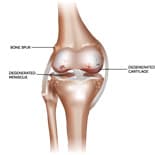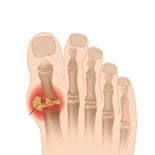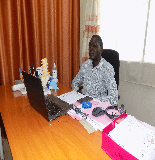- Monday - Friday, 1PM to 6PM
- Saturday, 12Noon to 2.30PM
- Call +254 792 148838
A steroid joint injection is a non-surgical treatment that can temporarily (or permanently) relieve pain in a swollen joint. This procedure has two uses:
(1) As a diagnostic test to see if the pain is coming from a particular joint
(2) As a treatment that reduces inflammation, swelling, and stiffness in the joint.

(OA)

(RA)

(G)




Dr. Charles Omondi is highly skilled in steroid joint injection for severe arthritis is based at Jaramogi Oginga Odinga Teaching and Referral Hospitals (JOOTRH) and teaches Internal Medicine both at Uzima and Maseno Universities.
Joint injections are non-surgical procedures that apply a solution of anesthetic and corticosteroid directly to damaged joint tissue. This can provide you with the relief you need to improve your array of motion and hence participate in physical therapy exercises that were too tough for you before.
Don’t keep living with the pain.
Contact Dr. Charles Omondi today to book an appointment with a Rheumatologist and pain treatment specialist. The relief you find from joint injections can help you avoid the need for surgery. Instant and Long Term Pain Relief from Chronic Conditions can be managed.